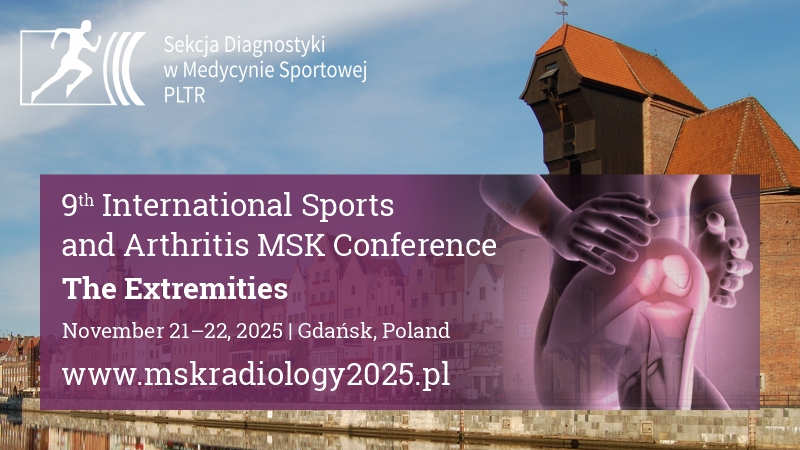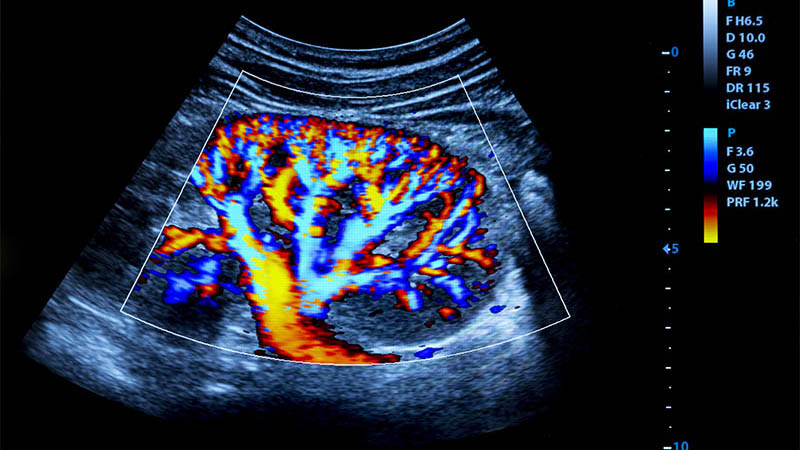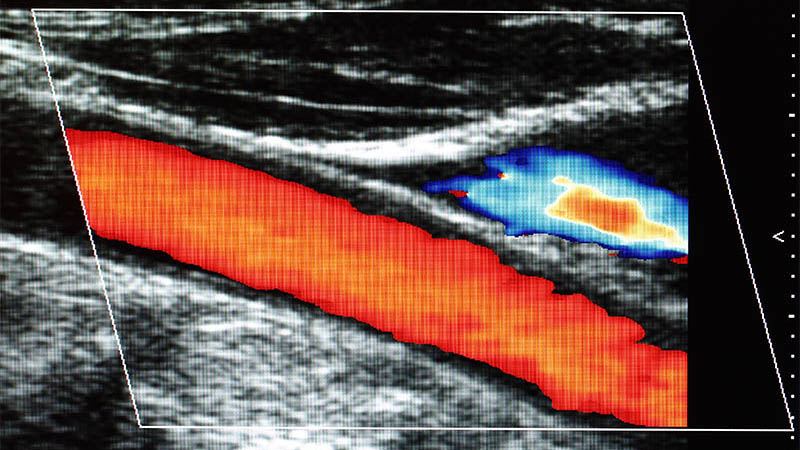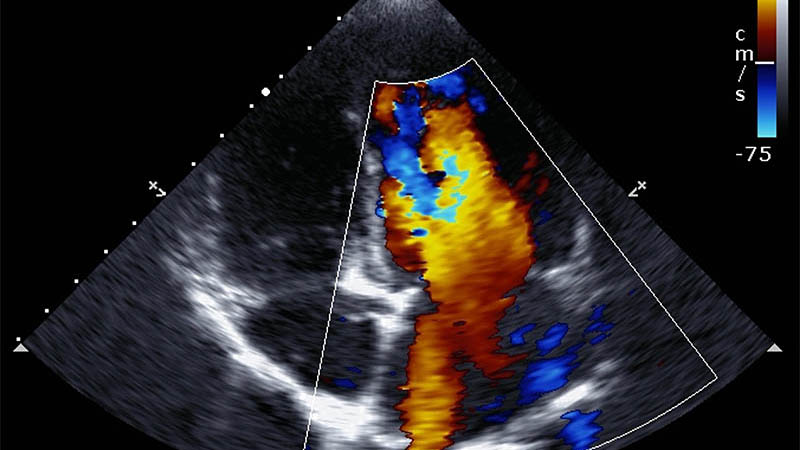Application of artificial intelligence in the ultrasonographic diagnosis of thyroid nodules
Agnieszka Żyłka1, Mariusz Rafało2, Marek Dedecjus1, Katarzyna Sylwia Dobruch-Sobczak3
 Affiliation and address for correspondence
Affiliation and address for correspondenceIntroduction: The aim of this study was to assess whether integrating selected ultrasound features into a convolutional neural network improves its ability to differentiate benign from malignant thyroid nodules. Material and methods: A total of 242 patients (196 women, 46 men) with thyroid lesions were included in the study. All patients underwent surgical treatment and histopathological analysis. Thyroid ultrasonography was also performed for all participants. Images were recorded in DICOM and AVI formats, and archived in a local database. Thyroid lesions were assessed according to the EU-TIRADS classification. Convolutional neural network models were developed using established architectures, including DenseNet and VGG16, as well as custom-designed models tailored to the dataset. Hybrid models were created by incorporating selected ultrasound features into these architectures as additional inputs. Performance was compared between the baseline convolutional neural network models and their feature-supported hybrid counterparts. Results: Model performance was evaluated using several metrics, including sensitivity and area under the ROC curve. Baseline convolutional neural network models served as the reference, while hybrid variants included structured ultrasound features. The VGG model showed a sensitivity of 0.78, and DenseNet achieved a sensitivity of 0.80 with an AUC of 0.84, demonstrating low variability. Inception models performed similarly, with balanced positive predictive value (PPV) (0.83) and negative predictive value (NPV) (0.74). Custom models also reached AUC values over 0.80. Selected ultrasonography features improved AUC by up to 7%, with additional gains in sensitivity and NPV. Conclusions: Eight baseline convolutional neural network models used to differentiate benign from malignant thyroid nodules were enhanced by incorporating five expert-assessed ultrasound features. This hybrid approach improved classification performance across all models, yielding an average AUC increase of approximately 7%.








